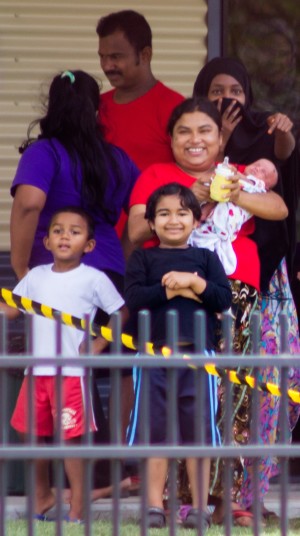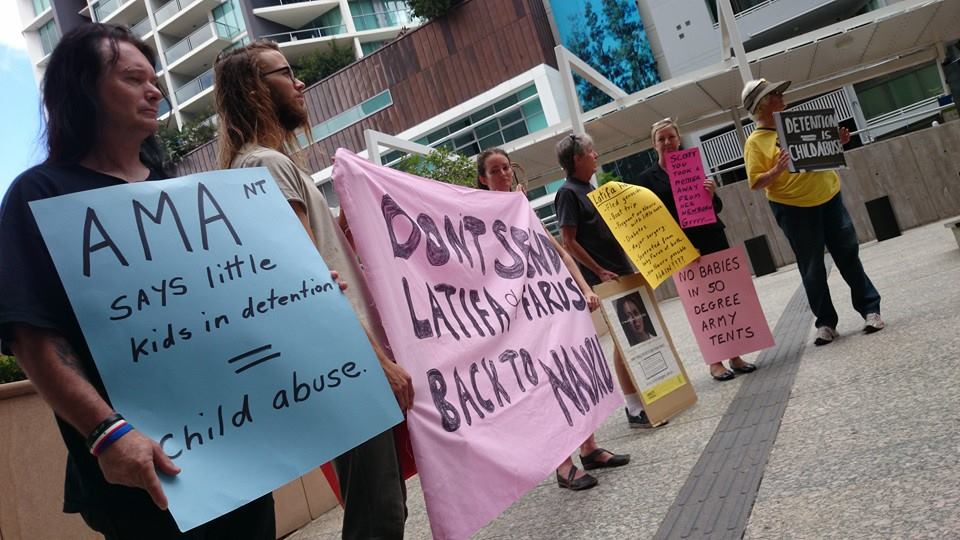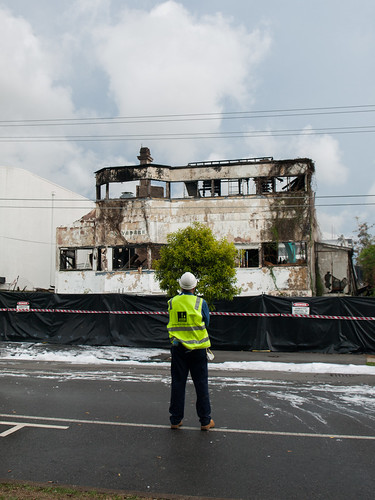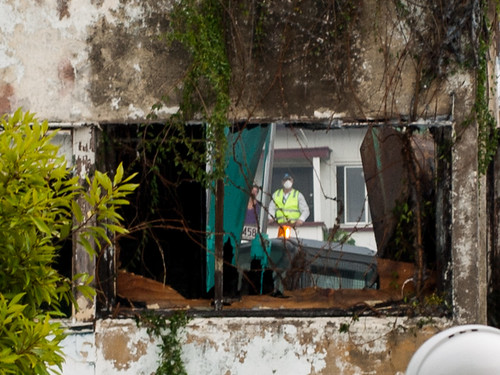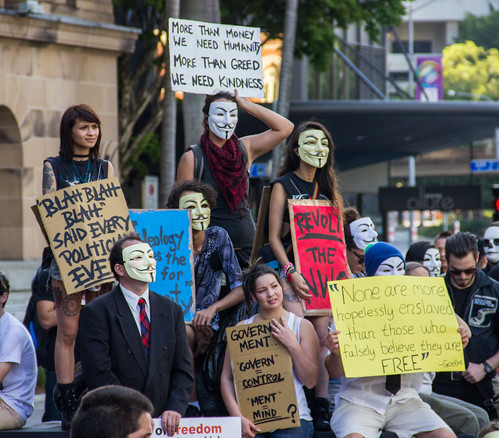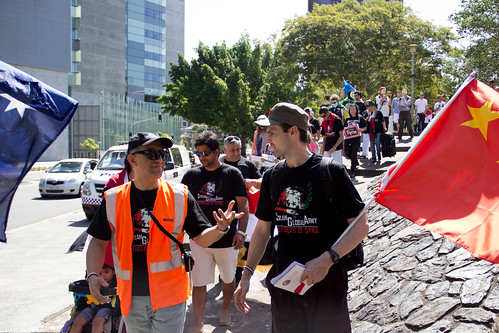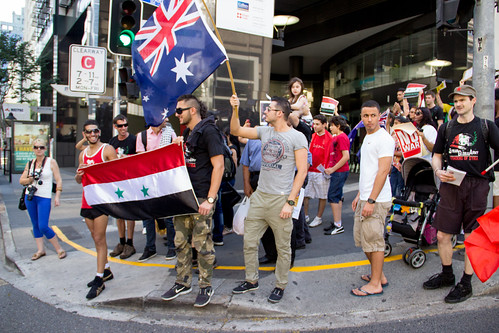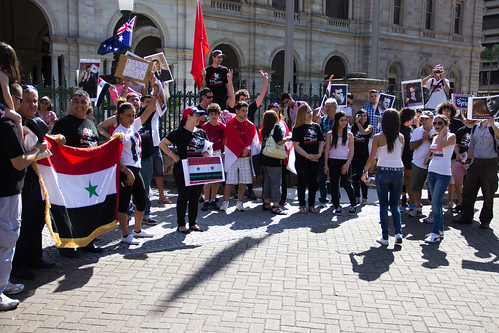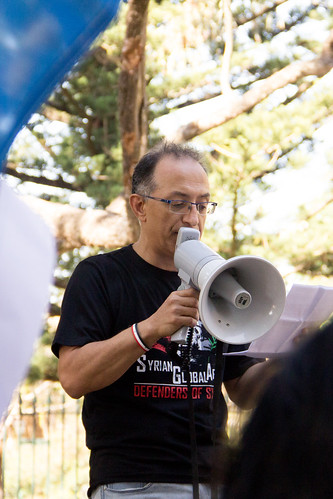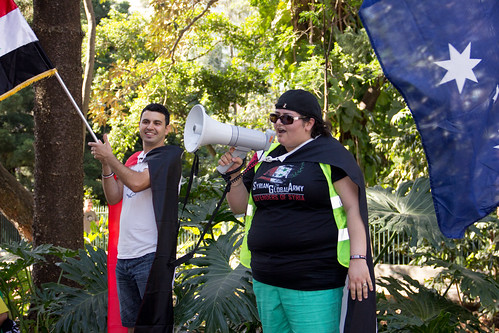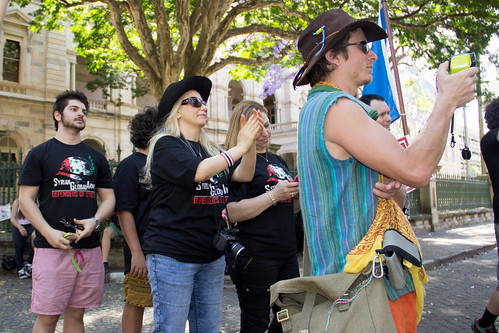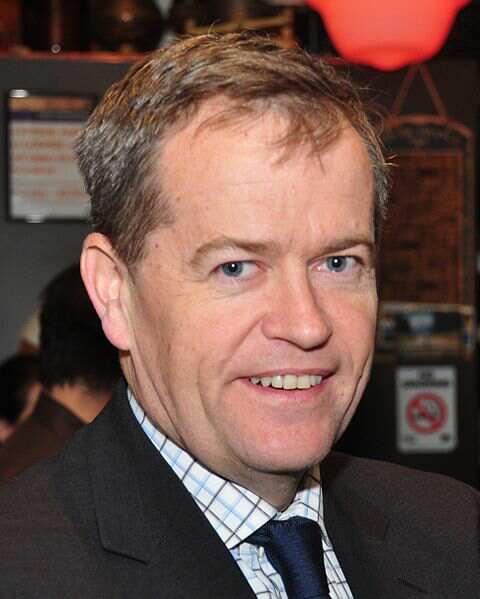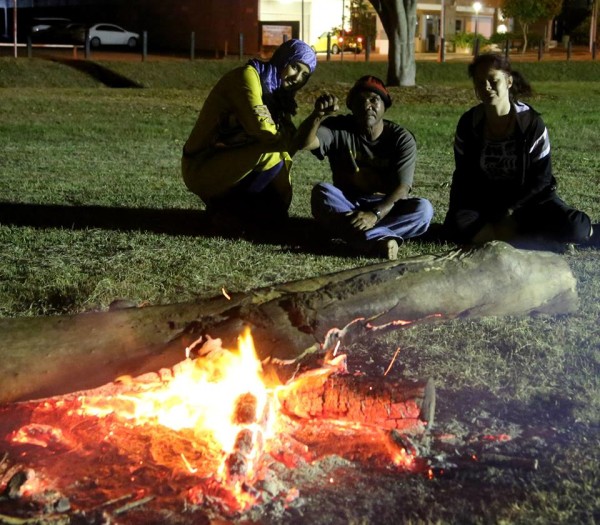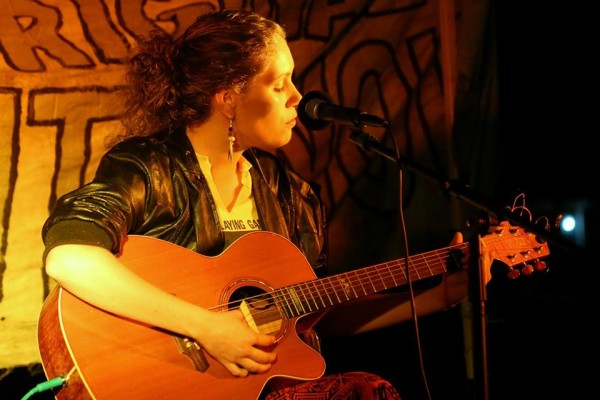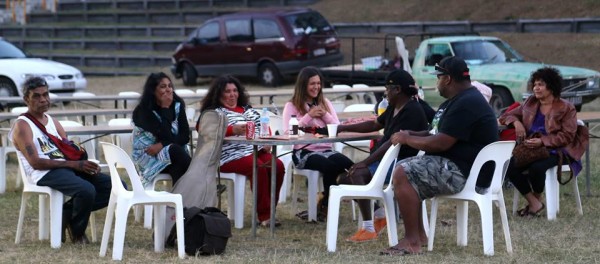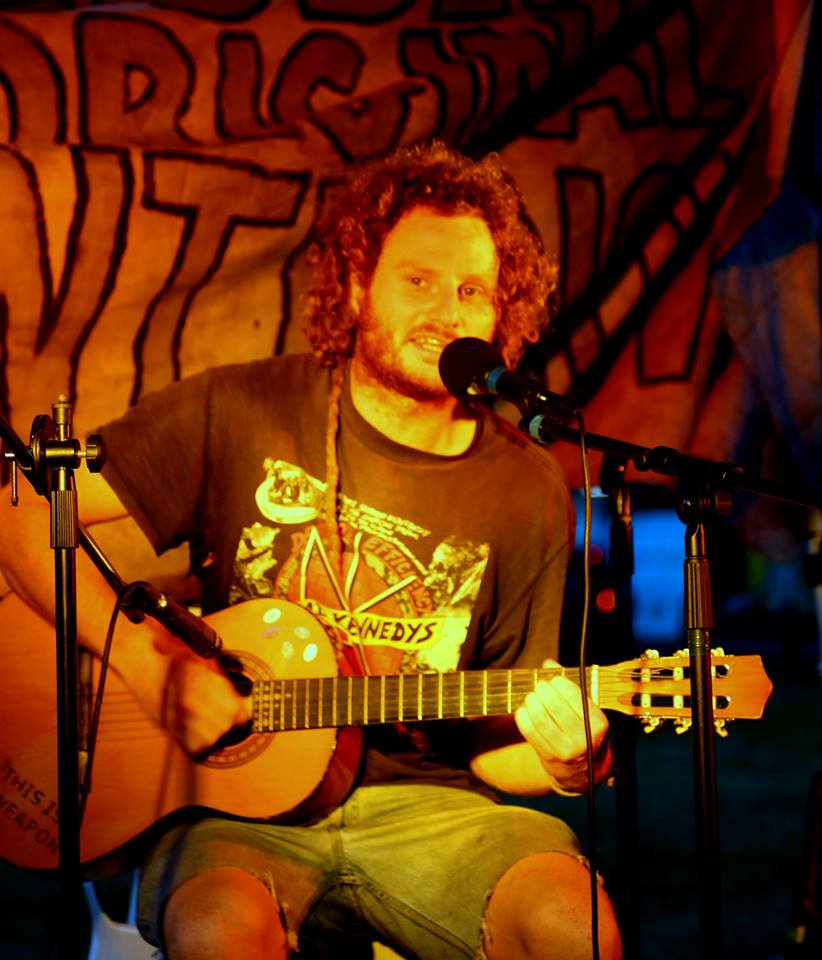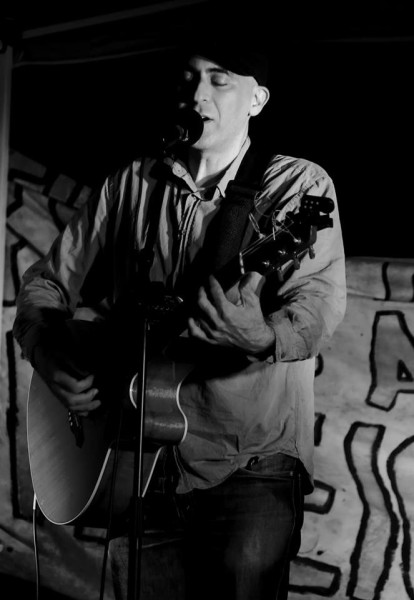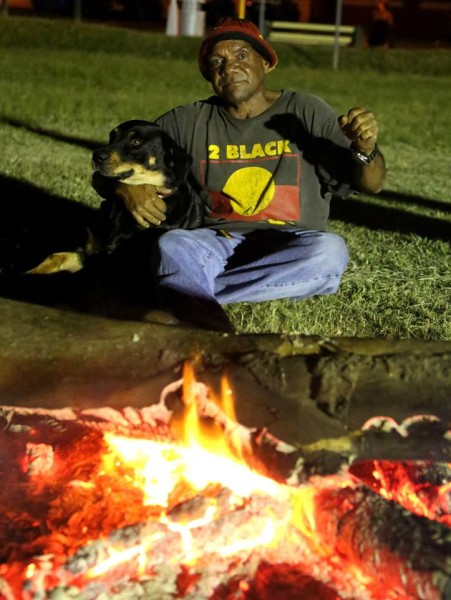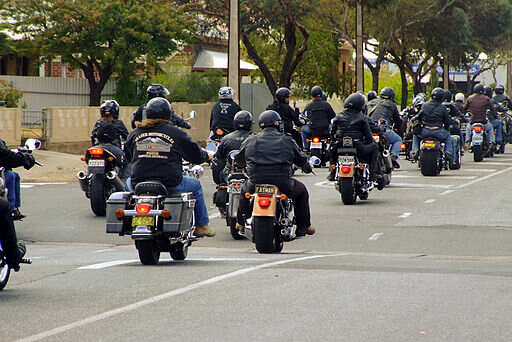
Gypsy Joker Protest Run SA Anti-Association Laws
By Roy Lister from Salisbury North, South Australia (Gypsy Joker Protest Run) [CC-BY-2.0 (http://creativecommons.org/licenses/by/2.0)], via Wikimedia Commons
Just recently the government passed the The Vicious Lawless Association Disestablishment Act 2013. There are some misunderstandings relating to the scope of this Act, the primary one being the misperception that the Act targets bikies specifically. There is a separate piece of legislation, the Criminal Law Amendment Act, that deals with proscribed clubs and the offences of members of proscribed clubs not being allowed to meet in groups larger than three.
(A list of proscribed clubs is available in Schedule 2 of the Criminal Law (Criminal Organisations Disruption) Amendment Act 2013)
You don’t have to be a member of a proscribed club to be prosecuted under the VLAD laws.
Here is a scary example: one of the declared offences is “receive tainted property”. Say you are the member of a camera club and you purchase a camera off another member that turns out to be stolen and the police charge you with receipt of stolen goods. Unless you can prove that it is not a standard practice of the club to deal in stolen property, you are a Vicious Lawless Associate. The burden of proof is on the accused. You are guilty until proven innocent. If you cannot prove the club does not have as one of it’s purposes the trade in stolen items, the magistrate will be required to sentence you to 15 years in jail (25 years if you hold an office bearing position in the club). The magistrate has no choice in this; the prescribed sentences are mandatory.
Your only real hope is that you can prove through a lack of history of offences involving the club that your claim that the club’s purpose does not involve trading stolen goods is accepted, but the potential for abuse of this by police intent on getting “results” is high. When the burden of proof is on the accused, you rely on the good will of the accuser, which is a dangerous thing in the hands of police. It minimises accountability.
Another example: Marijuana is considered a ‘Dangerous Drug’ under the Drugs Misuse Act 1986. Under the VLAD Act, a Declared Offence includes Possession of a Dangerous Drug. For the purposes of the VLAD Act, an Association is defined as a corporation, an incorporated association, a club or league, or “any other group of 3 or more persons by whatever name called, whether associated formally or informally and whether the group is legal or illegal.”
In other words, if three people or more are arrested by the police in the process of sharing a ‘joint’, and the police decide to call the group an association, the person in possession of the marijuana will have to prove to a court that possessing or dealing in marijuana was not an activity of the association. It is clear that if three people were involved in a murder, that they were a Vicious Lawless Association and the maximum jail term of 15 years on top of whatever sentence they receive for the actual murder or attempted murder wouldn’t seem quite so unfair. But under the VLAD Act there is no differentiation in sentencing. Even if the normal sentence for possession of marijuana is a stiff fine, the court is required to sentence the possessor of the marijuana to 15 years, UNLESS they can prove the possession of the marijuana was not an intended activity of the ‘association’.
In cases such as “Dangerous Operation of a Motor Vehicle” (a declared offence) some people would be inclined to say “they deserve to go to jail”. Some might even say that a young car club member at a Show n Shine doing a burnout (“Dangerous Operation of a Motor Vehicle”) deserves to go to jail for 15 years, though I suggest that most would see that as far too harsh. Likewise, does someone really deserve to go to jail for smoking a joint with friends?
It may not often come to this, but past experience has shown that when police are given such overarching powers, they tend to use them. Even a few such miscarriages of justice would be too many.
Even in a case where an actual bikie or criminal is being charged with a declared offence, do they really deserve to have 15-25 years tapped on top of the sentence they receive for the actual criminal act? Do we trust over-zealous police to recognise when a bikie has committed an act that is not part of his or her club’s purpose? Is a bikie acting alone more culpable than any other criminal acting alone? Or do people at large really believe that organised criminals or no longer entitled to the same due process that the rest of us are entitled to? And do they sit in their ivory towers (sic) believing that because they don’t smoke dope, don’t do burn outs, are never likely to commit any of the offences on the declared offences list (and many are admittedly horrific offences that committers wouldn’t obtain much sympathy for) that they can sit back self-righteously and ignore the potential abuse of process that this legislation invites?
This kind of “it’s okay, because they are bad people” legislation is a slippery slope. Once it’s okay to treat ‘associates’ more harshly than individuals, it takes very little for the government to expand the meaning of ‘association’ and ‘declared offences’. The police service will be aching at the bit to use these powers to rein in criminal activity that is not gang related (such as low level drug dealing). The government will be eager to expand the list of declared offences to deal with activity they deem politically unsavoury. How soon before protest groups are targeted, or unions?
The legislation is a minefield and is not targeted at bikies alone but any group that the government or police arbitrarily decide is a threat to law and order.
Read the Bill here: The Vicious Lawless Association Disestablishment Act 2013
Guest Lawyers analysis: Are You A Vicious Lawless Associate?
Legal Aid QLD: Drug Offences
Supporting notes for the VLAD Bill

